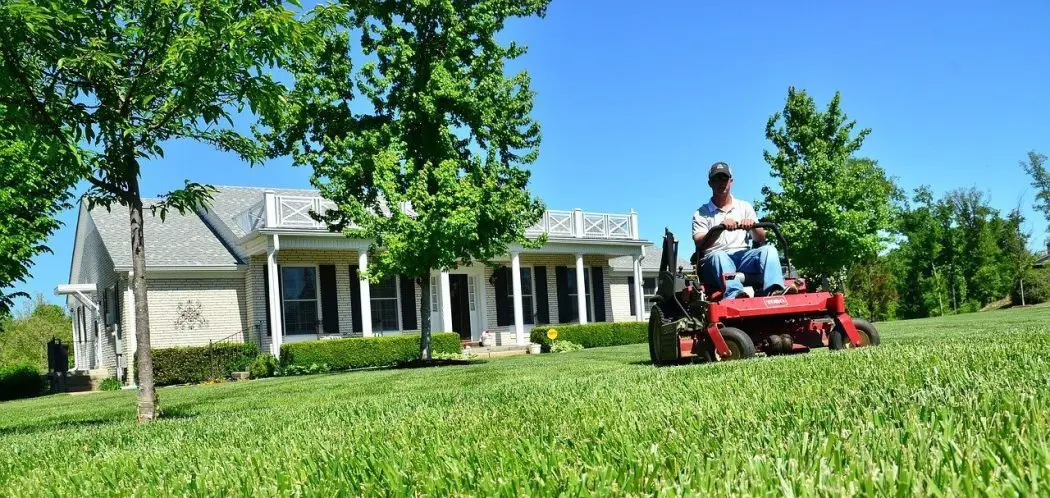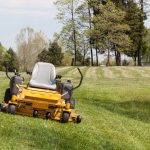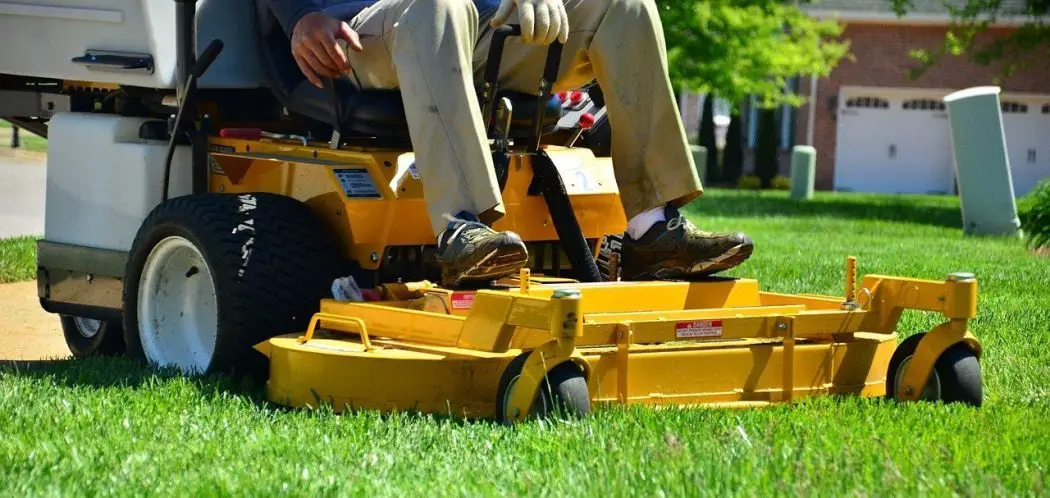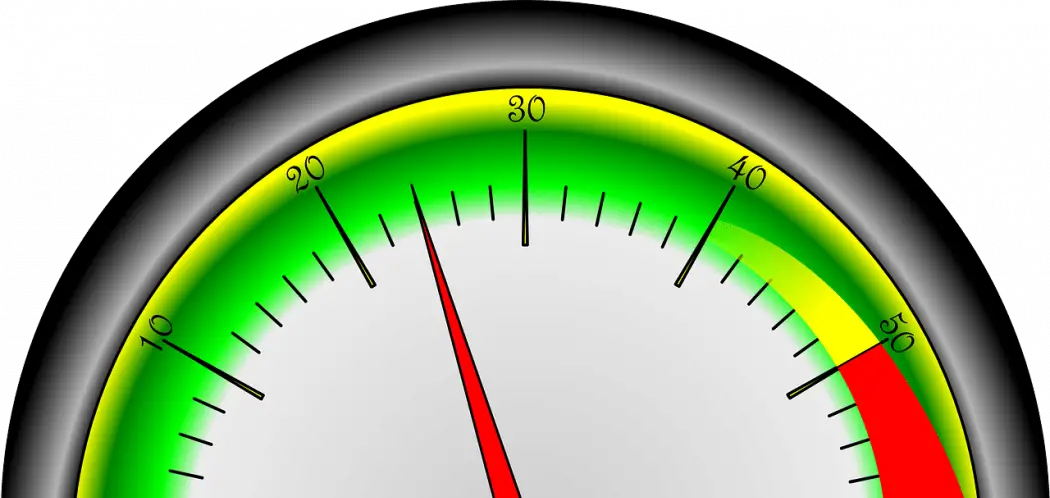Zero turn mowers, also known as z-turn or ZTR mowers, have become a prime choice for homeowners and professionals wanting greater maneuverability and efficiency when mowing. Their zero radius turning allows for tightly cutting around trees, fences and landscaping.
But this advanced maneuverability comes at a cost – zero turn mowers can be a significant investment. Prices range widely from just over $1,000 to well over $10,000 for commercial-grade models.
If you’re considering a zero turn mower for maintaining lawn acres both large and small, you probably have questions about what impacts the costs and whether buying new or used is the better option.
Zero turn mowers cost between $1,000 and $20,000 depending on the style and features. A zero turn lawn mower with a 34 inch cutting deck size may only cost $1,000, while a commercial zero turn mower with a 70 inch cutting deck can cost more than $15,000.
In this detailed guide, we’ll cover:
- How much zero turn mowers cost, from entry-level to high-end
- Key specifications that affect pricing like cutting width and engine
- Additional features that raise costs on premium models
- The pros and cons of buying new vs. used
- How much you can save buying a used zero turn mower
- Whether DIY or professional installation is preferable
Let’s look at the price range for these agile mowers along with what goes into determining the costs.
Zero Turn Mower Price Examples
Here are examples of zero turn mowers along with their prices:
- Husqvarna Z254 54” 26 HP Kohler Engine Hydrostatic ZTR: $3,195
- Craftsman Z525 Zero Turn Gas Powered Lawn Mower: $2,799
- Ariens IKON XD-52 52” 24HP Kohler Zero Turn Lawn Mower: $3,799
- Husqvarna Z248F 48” 21.5hP Kawasaki Hydrostatic ZTR: $3,198
- Husqvarna MZ61 61” 24 HP Kawasaki Hydrostatic ZTR: $5,999
- Cub Cadet Ultima ZT1-54 24HP Zero turn Riding Mower: $3,199
- John Deere Z355E 22 HP 48” ZTR: $2,999
- Bad Boy MZ 42” Zero Turn Mower: $2,999
- Cub Cadet Yktuna ZT2 60” Zero Turn Mower: $4,299
- Toro TimeCutter SS4225 42” 22.5HP Zero Turn Mower: $1,034
- Cub Cadet Ultima ZT1 42” 22 HP Kohler Zero Turn Mower: $1,756
- John Deere Z345R 42” 22HP GAS Dual Hydrostatic Zero Turn Mower: $2,922
- Ryobi 42” 75Ah Battery Electric Zero Turn Riding Mower: $3,999
- John Deere Z365R 48” 24HP GAS Dual Hydrostatic ZTR: $3,399
- EGO ZT4204L 42” Zero Turn Mower: $4,999
- Bad Boy MZ Magnum 54” Zero Turning Mower: $3,499
- Snapper 360Z 18HP 603cc Kawasaki 36” Fab Z-Turn Mower: $2,749
- Toro 75313 60” Titan MyRide Zero Turn Mower: $5,799
- Troy-Bilt Mustang 54” Zero Turn Riding Mower: $2,599
- Swisher Response ZTR2454BS 54” 24HP Briggs Zero Turn Mower: $3,899
- Ariens Ikon-X 52” Zero Turn Mower: $3,199
- Husqvarna Z254F 54” 26HP Kohler Zero Turn Mower: $4,499
- Poulan Pro P54ZX 54” 24HP Briggs V-Twin Zero Turn Mower: $2,797
- Craftsman Z560 30HP 60” Zero Turn Mower: $4,299
- Troy-Bilt Mustang 46 Zero Turn Riding Mower: $2,399
- Cub Cadet Ultima ZTX5 50” Fabricated Deck Zero Turn Mower: $3,699
- Ariens Zoom 34 54” 19HP Kohler Zero Turn Mower: $2,999
- Husqvarna M-ZT61 61” 27HP Zero Turn Mower: $7,499
- Cub Cadet Tank LZ 60” Zero Turn Mower: $5,199
- Snapper 360Z 42” 19HP Briggs Zero Turn Mower: $2,599
- Toro Titan HD 60” Zero Turn Mower: $7,699
- Ariens Ikon-X 54” 23HP Zero Turn Mower: $3,999
- Dixie Chopper XCalibur 52” Zero Turn Mower: $6,888
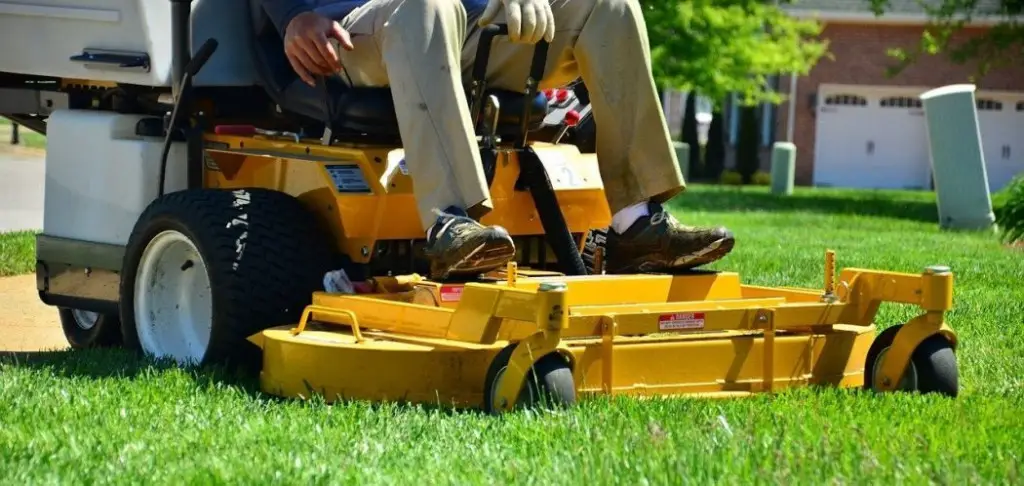
Typical Price Range for New Zero Turn Mowers
When shopping for a new zero turn mower, you can expect to encounter the following price ranges:
- Entry-level: $1,000 – $3,000
- Mid-grade: $3,000 – $6,000
- High-end Commercial: $6,000 – $20,000+
As you can see, entry-level consumer models with basic features meant for typical residential acreage start around $1,000.
Then the prices quickly scale up for larger cutting widths, more horsepower, and commercial-grade quality to $20,000 or more.
But what specifications and factors actually cause this huge price range when comparing zero turn mowers?
Cutting Width Impacts Costs Significantly
One of the biggest determinants of zero turn mower pricing is the width of cutting deck. This determines how much grass can be mowed in a single pass.
Here are typical cutting widths and prices:
- 30-42 inch deck = $1,000 – $3,000
- 42-52 inch deck = $2,500 – $4,000
- 54-62 inch deck = $4,000 – $7,000
- 60+ inch deck = $6,000+
As you can see, larger cutting decks equal higher costs. But wider decks also boost efficiency for larger lawns.
For home lawns under 1 acre, a 30-42 inch cutting width is ideal without overspending. But for properties of 2 acres or more, investing in a larger deck size can pay off long-term.
Just be sure to match deck size to your actual lawn acreage to find the right balance of value and mowing productivity.
Engine Power and Type Impacts Cost
The engine that powers the cutting blades and drive wheels is another big cost determinant. More powerful engines cost more.
Gas vs. Electric
Gas engines are generally preferred for larger yards and commercial use since they provide consistent power and long run times. Electric engines work well for smaller home lawns but may lack power and run time.
Higher-end gas engines like Kohler, Kawasaki and Briggs & Stratton add cost but deliver proven reliability.
Horsepower
Higher horsepower equals a more powerful and durable engine which commands higher pricing. Light-duty electric zero turns may have as little as 12-15 HP. Gas models range from 18-30 HP for home use, and up to 35 HP for commercial.
Matching horsepower to your lawn size prevents overspending on an overpowered mower.
Transmission
Better transmissions similarly elevate costs for high-end models, but deliver smoother operation plus faster blade engagement.
So the engine alone can add or subtract thousands to the price based on power, efficiency and long-term durability.
Premium Features That Increase Costs
Beyond just the deck and engine, optional features can rapidly increase the price tag on high-end zero turn mowers.
Some popular add-ons that boost cost include:
- Thicker, fabricated cutting decks vs. stampted
- Powerful hydraulic or piston pumps
- Premium seat suspensions
- Beefed up front castor arms
- Commercial-grade steel construction
- Dual-helix cutting blades
- Larger fuel tanks
- Heavier duty drive tires
- Comfortable padded hand grips
- Cruise control for speed
- Adjustable control arms
- Trailer hitches
- LED headlights
- Hour meters
- Mulching kits
- Bluetooth audio
The more features included on a model, the more the price goes up. Many are worth paying extra for, but focus on must-have features only to avoid overspending.
Now that we’ve covered key specifications affecting zero turn costs, let’s look at buying new vs. used and associated savings.
Should You Buy a New or Used Zero Turn Mower?
One of the biggest pricing decisions is whether to buy new or used. What are the trade-offs?
Benefits of Buying New
- Full warranty and manufacturer support
- Latest technology and features
- Peace of mind on full history
- Custom configuration options
- Satisfaction of breaking it in yourself
Benefits of Buying Used
- Significant savings over new, often 30% to 50%+ off
- Still under factory warranty if low hours
- Proven reliability and performance
- Less depreciation over time
- Can buy pre-owned commercial model for less
For most homeowners doing occasional mowing on residential lots, buying a used zero turn approximately a year old offers the best value. But for commercial users or hobbyists mowing acreage, new may be worth the investment.
How Much Do Used Zero Turn Mowers Cost?
You can expect the following pricing on pre-owned zero turn mowers depending on age and condition:
- 1 year old: 30%+ discount or more vs. new
- 2-3 years old: 40-50%+ off new price
- 4-5 years old: 50-60%+ discount on new price
- Over 5 years old: Deep discounts possible but higher mileage
Because zero turns depreciate rapidly after purchase but remain reliable for years, usedpricing presents huge savings – if you buy smart.
The best deals are on zero turn mowers that are right at 1 year old since deprecation hits hardest the first year. Go into used purchase knowing fair pricing based on age and condition.
And prioritize low hours and evidence of proper maintenance. The depreciation makes used worth considering over new for most buyers.
Should You Install a Zero Turn Mower Yourself or Hire a Pro?
Once you’ve purchased a new or used zero turn mower, next comes properly preparing and setting it up for use. Is DIY installation advisable, or better left to the professionals?
Benefits of DIY Installation
- Saves on labor costs which can run $100 or more
- Learn your mower’s quirks through hands-on experience
- Satisfaction of completing yourself and saving money
- Follow the process in your garage or location of choice
Benefits of Professional Installation
- Experts assemble and ensure flawless out-of-box operation
- Professionals detect and resolve any factory defects under warranty
- Saves you time and labor avoiding potential installation headaches
- Proper initial setup extends the mower’s lifespan
Smaller, entry-level zero turn mowers are fairly straightforward for DIY installation – just carefully follow the manual.
But for large commercial zero turns, hiring certified dealership techs to assemble and set up is worth the peace of mind.
Regardless of who performs it, proper initial installation improves performance and longevity down the road.
Key Takeaways on Zero Turn Mower Costs and Value
Zero turn mowers represent a major investment, but provide years of time and effort savings mowing larger properties. Key tips on maximizing value include:
- Match cutting deck size and engine to your exact lawn needs – don’t overspend on overpowering capabilities or undercut and strain the mower.
- Prioritize must-have features only – skip the “nice-to-have” add-ons that pad the price.
- Buying a lightly used 1-3 year old model presents huge savings over new with minimal compromise.
- For entry-level self-install, for higher-end models, professional assembly and setup helps.
- Avoid both the cheapest and most expensive mowers – seek the middle ground that combines performance, value and reliability based on your property size and budget.
What’s your experience buying zero turn mowers? Share any lessons learned or advice in the comments to help other buyers!

